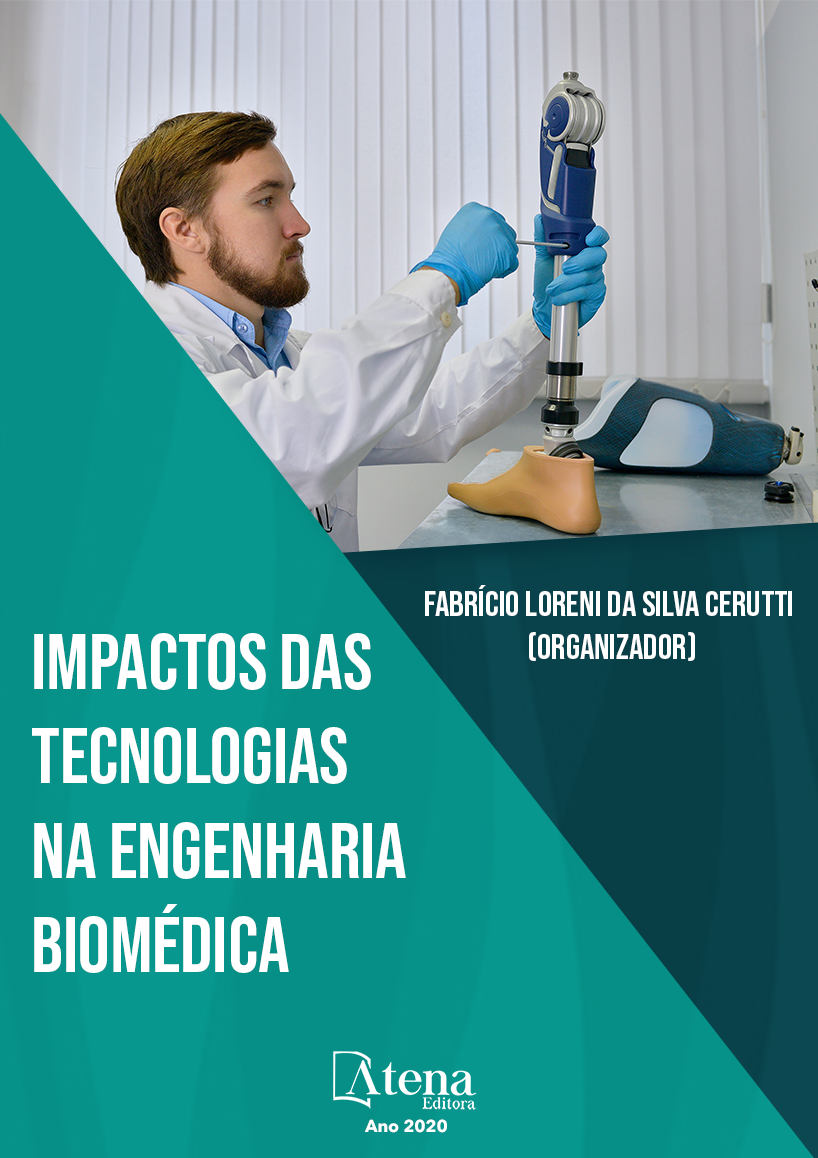
BIONANOCOMPÓSITOS QUITOSANA/MONTMORILONITA COMO SISTEMA DE LIBERAÇÃO CONTROLADA DO IBUPROFENO
Filmes de bionanocompósitos
quitosana/montmorilonita foram preparados
pelo método de evaporação do solvente, com
o objetivo de imobilizar o fármaco ibuprofeno
(IBU) e retardar sua liberação quando
submetidos a um meio que simule o ambiente
do trato gastrointestinal. Os efeitos da presença
da montmorilonita, em diferentes proporções
mássicas (50, 20 e 10%), nas propriedades
morfológicas e físicas dos filmes foram
estudados. Análises de difratometria de raios
X (DRX), microscopia eletrônica de varredura
(MEV) e liberação controlada in vitro foram
conduzidas. Os resultados indicaram que a
metodologia adotada permitiu produzir filmes
densos e uniformes, e que a incorporação da
montmorilonita com diferentes proporções
em massa ao sistema, levou a formação de
bionanocompósitos com morfologia intercalada
ordenada, desordenada tendendo a esfoliação
e parcialmente esfoliada. No ensaio de liberação
in vitro nos fluidos que simularam o ambiente
do trato gastrointestinal, em pH 1,2 (estômago),
a liberação do IBU ocorreu por erosão da
matriz e em pH 7,2 (intestino) por difusão.
Porém, em ambos, o comportamento de liberação foi do tipo Fickiano. Neste estudo,
a metodologia utilizada foi adequada para a síntese de filmes de bionanocompósitos
quitosana/montmorilonita pelas características controladas de liberação do fármaco,
indicando que esses sistemas são promissores na administração do IBU por via oral.
BIONANOCOMPÓSITOS QUITOSANA/MONTMORILONITA COMO SISTEMA DE LIBERAÇÃO CONTROLADA DO IBUPROFENO
-
DOI: 10.22533/at.ed.3702017013
-
Palavras-chave: bionanocompósitos, quitosana, montmorilonita, ibuprofeno, liberação controlada.
-
Keywords: bionanocomposites, chitosan, montmorillonite, ibuprofen, controlled release.
-
Abstract:
Films of chitosan/montmorillone bionanocomposites were prepared
by the solvent evaporation method, with the objective of immobilizing the ibuprofen
drug (IBU) and delaying its release when submitted to a means that simulates the
environment of the gastrointestinal tract. The effects of the presence of montmorilonite
in different mass proportions (50, 20 and 10%), on the morphological and physical
properties of the films were studied. X-ray diffractometry (XRd), scanning electron
microscopy (SEM) and controlled release in vitro were conducted. The results indicated
that the methodology adopted allowed the production of dense and uniform films, and
that the incorporation of montmorilonite with different mass proportions to the system,
led to the formation of bionanocomposites with orderly interleaved morphology,
disordered tending to exfoliation and partially exfoliated. In the in vitro release assay in
fluids that simulated the environment of the gastrointestinal tract, in pH 1.2 (stomach),
the release of the IBU occurred by erosion of the matrix and in pH 7.2 (intestine) by
diffusion. However, in both, the behavior of liberation was fickiano type. In this study,
the methodology was adequate for the synthesis of films of chitosan/montmorillone
bionanocomposites due to the controlled characteristics of drug release, indicating that
these systems are promising in the in the oral IBU administration.
-
Número de páginas: 15
- Pedro Henrique Correia de Lima
- Maria Jucélia Lima Dantas
- Bárbara Fernanda Figueiredo dos Santos
- Cristiano José de Farias Braz
- Suédina Maria de Lima Silva
- Albaniza Alves Tavares


